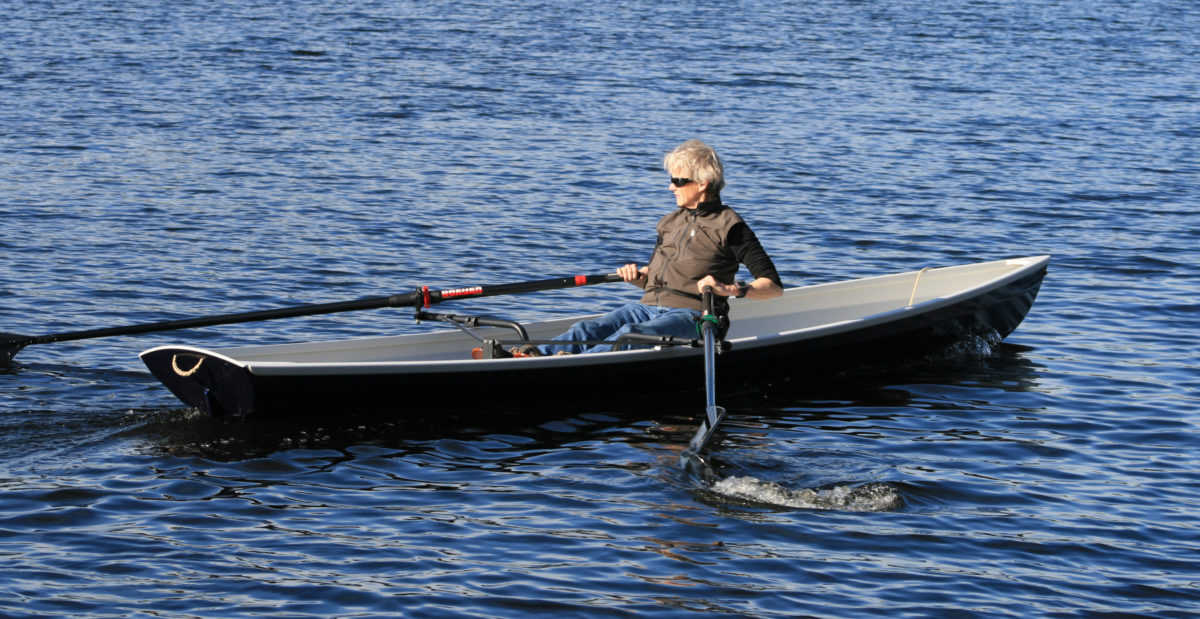
Small Boats Annual 2017April 2016
Duckling 17
Fast solo rowing
Sponsored By Chesapeake Light Craft

Small Boats Annual 2017April 2016
Fast solo rowing
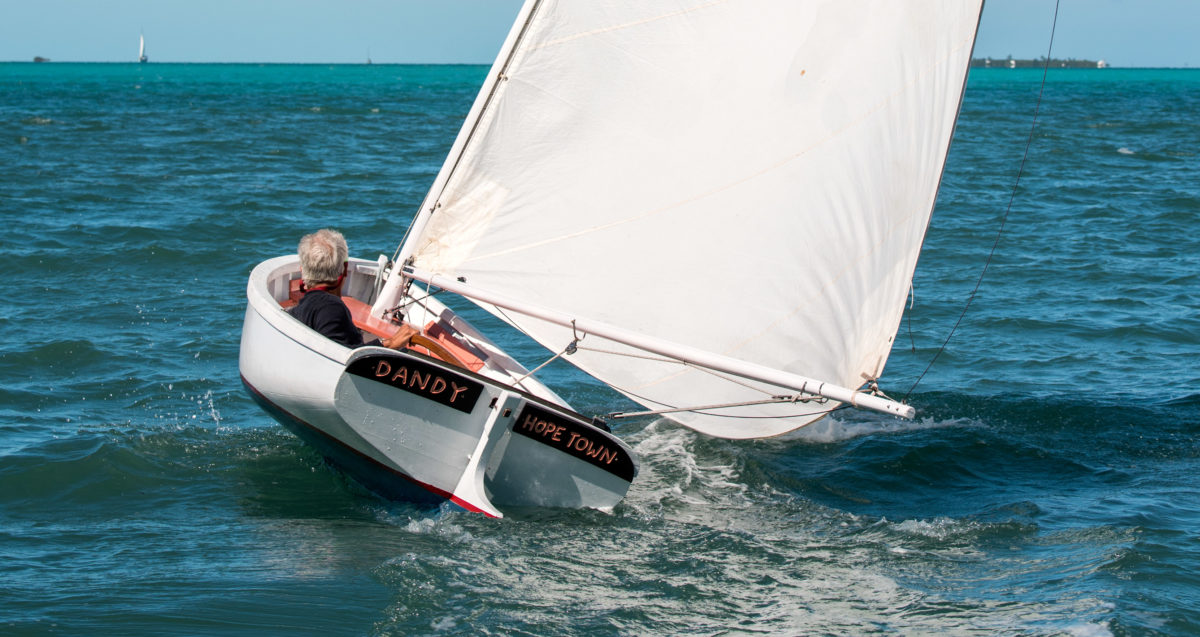
Small Boats Annual 2017April 2016
Built like little ships
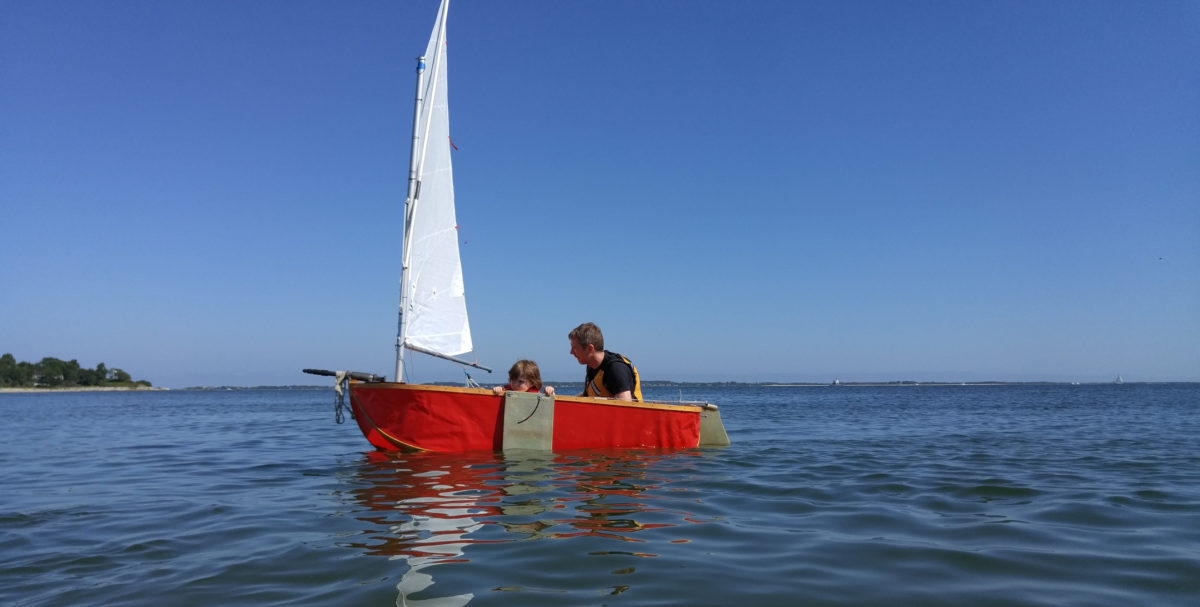
March 2016
Wooden Widget's compact folding dinghy
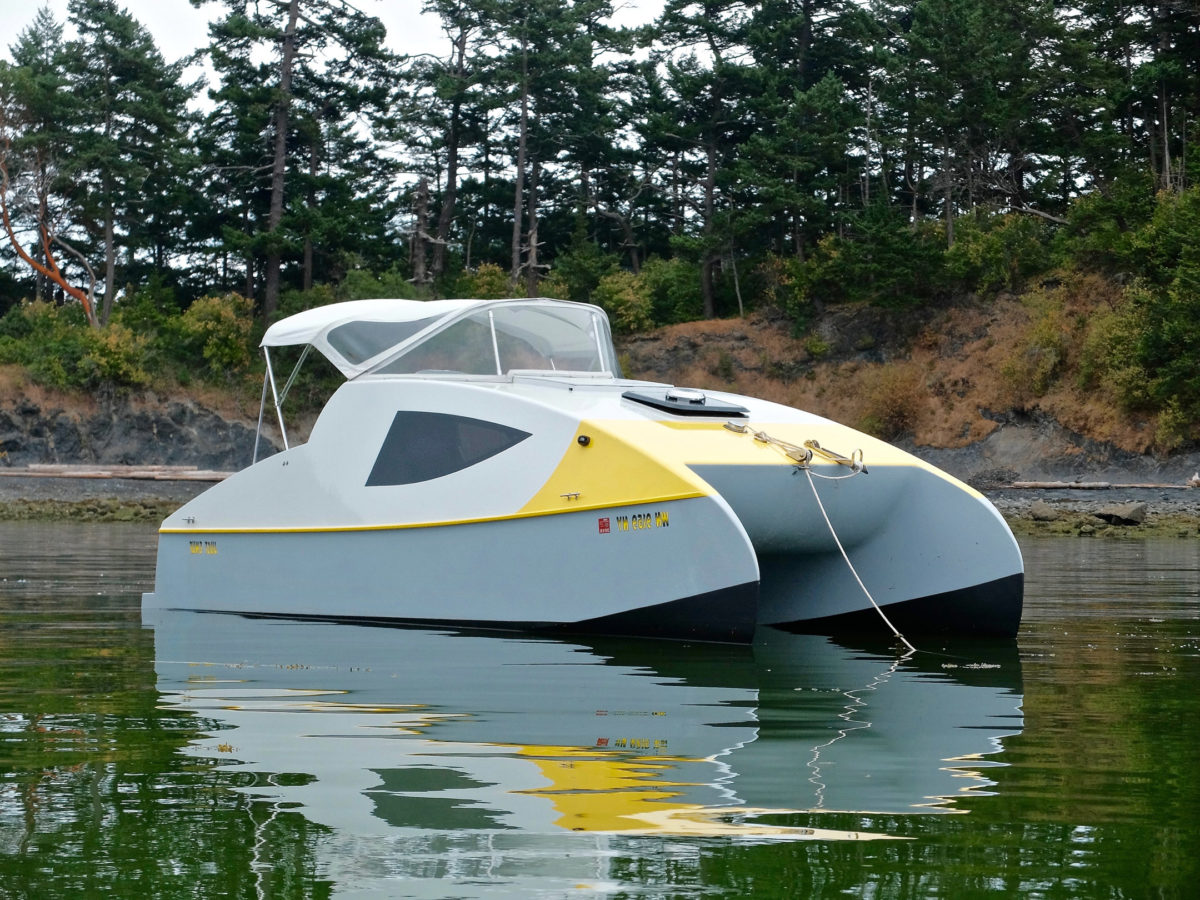
Small Boats Annual 2017March 2016
A catamaran for cozy cruising
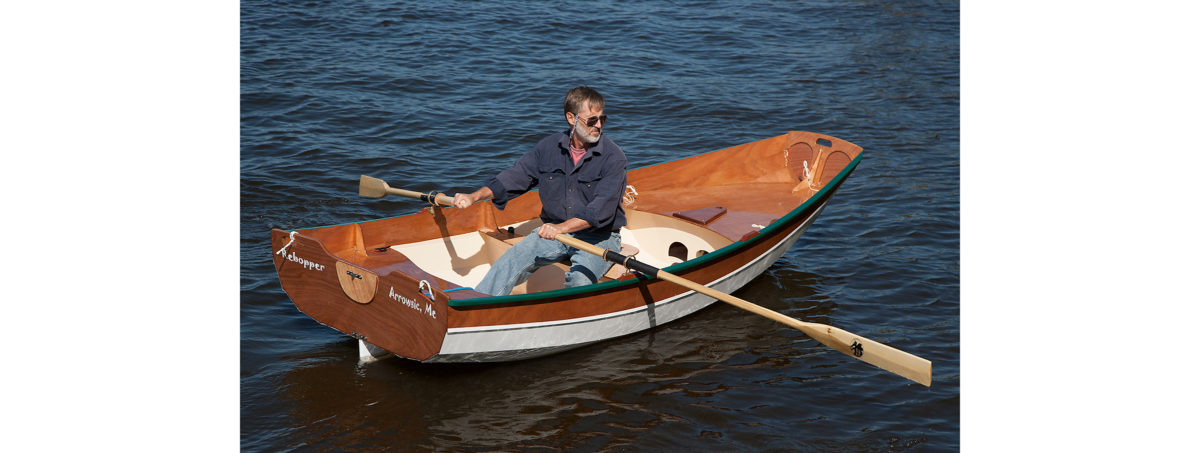
Small Boats Annual 2017February 2016
A rich man's tender, a poor man's yacht?

Small Boats Annual 2017February 2016
A stylish and distinctive double-ender
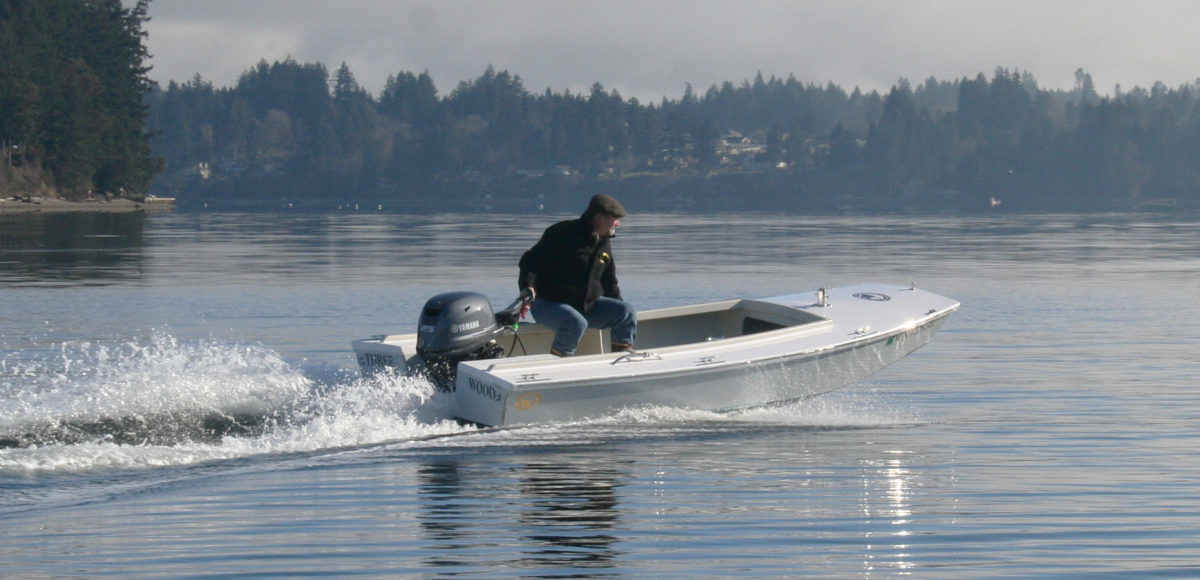
Small Boats Annual 2017January 2016
A 14' hunting skiff
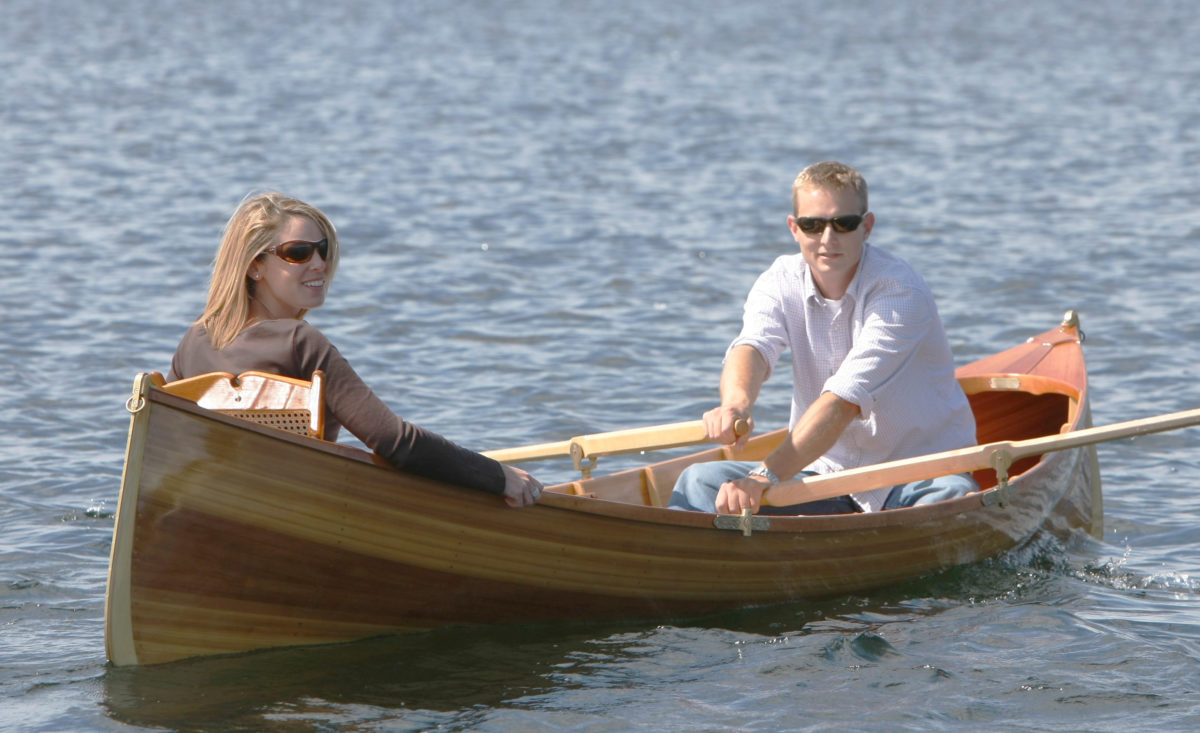
Small Boats Annual 2017January 2016
Strip-built in cedar, spruce, and pine
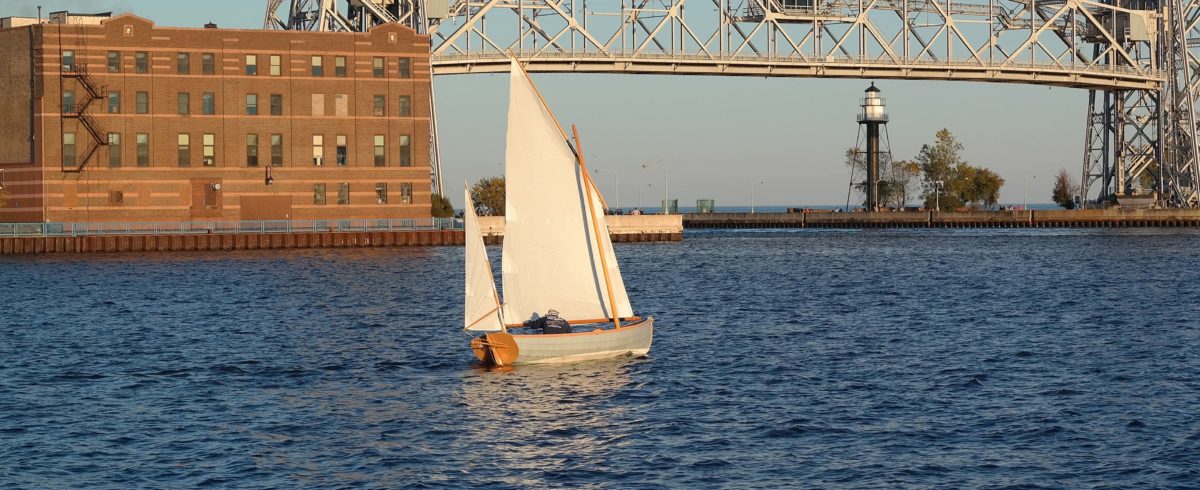
Small Boats Annual 2017December 2015
A boat that almost builds itself
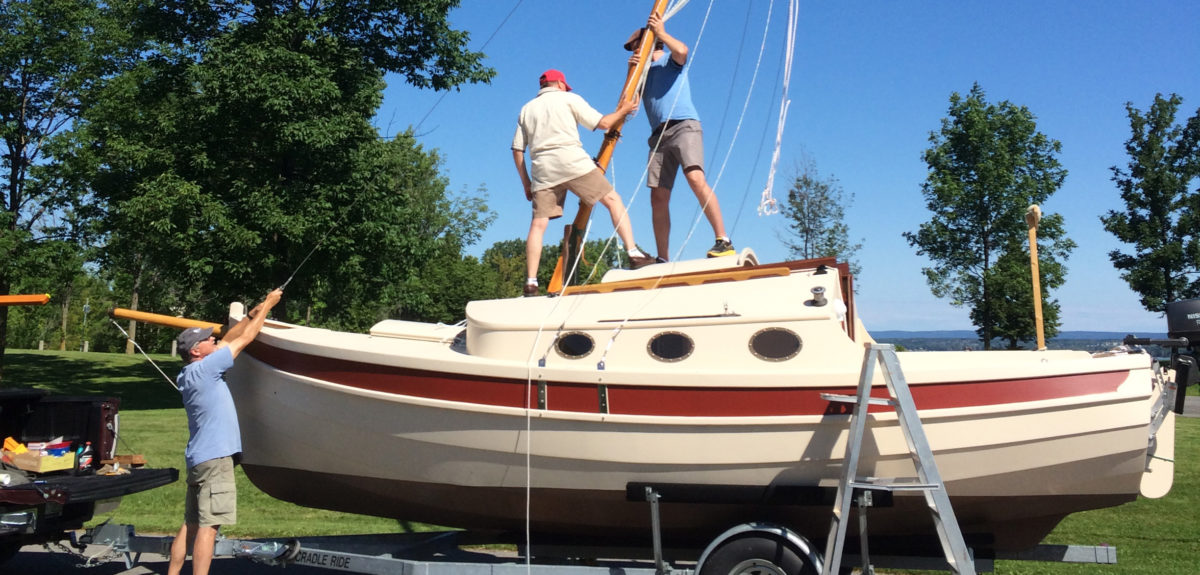
Small Boats Annual 2017December 2015
The comforts of home in a 21' trailer yacht
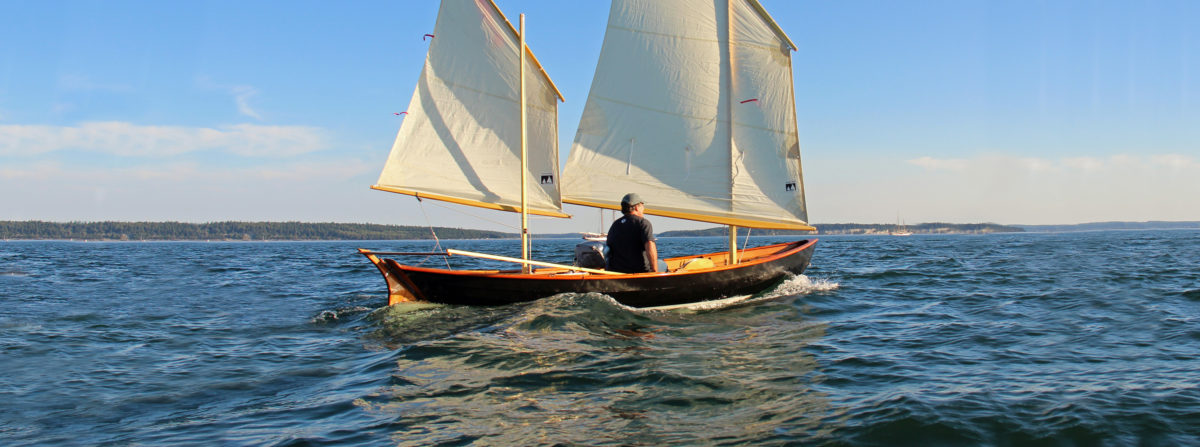
Small Boats Annual 2017November 2015
A dory for sail, oars, and outboard
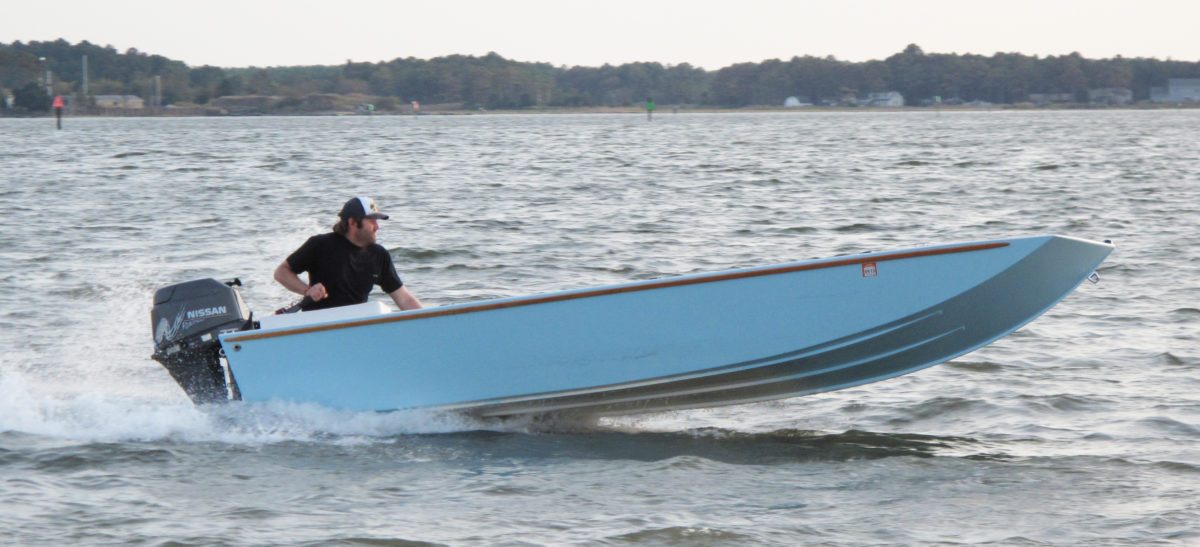
Small Boats Annual 2017November 2015
A versatile fisherman-friendly outboard
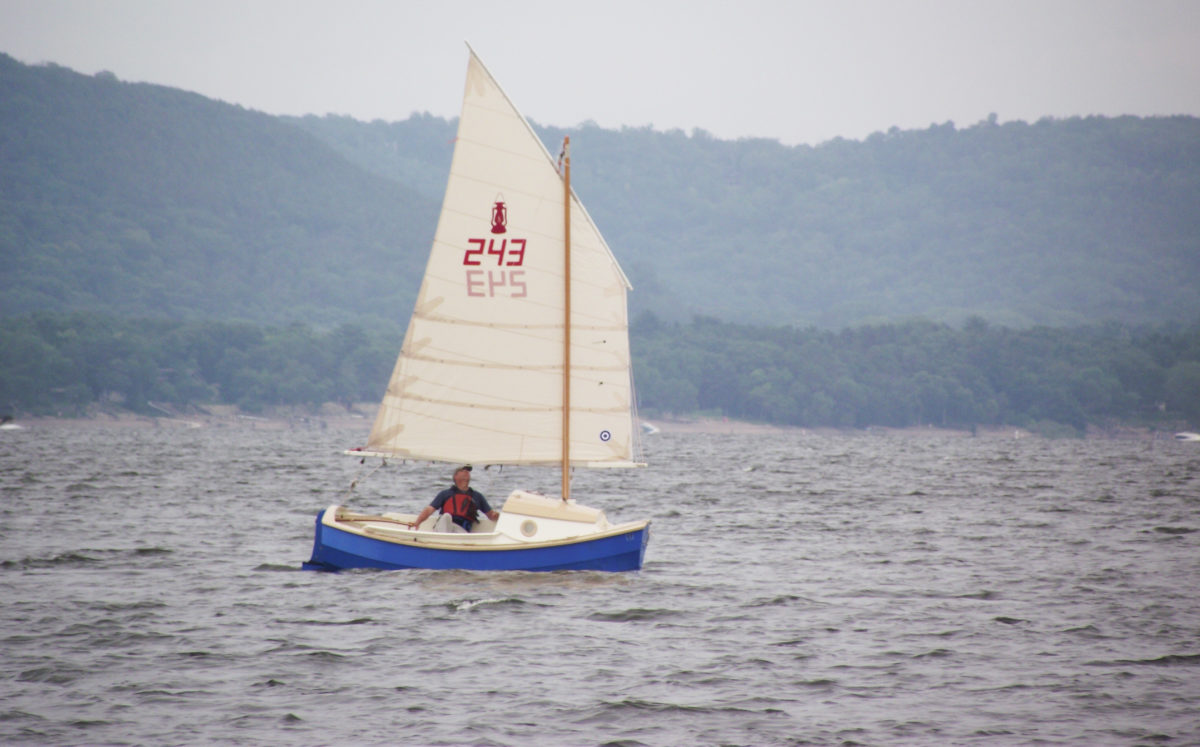
Small Boats Annual 2016October 2015
A little camp cruiser for big dreams
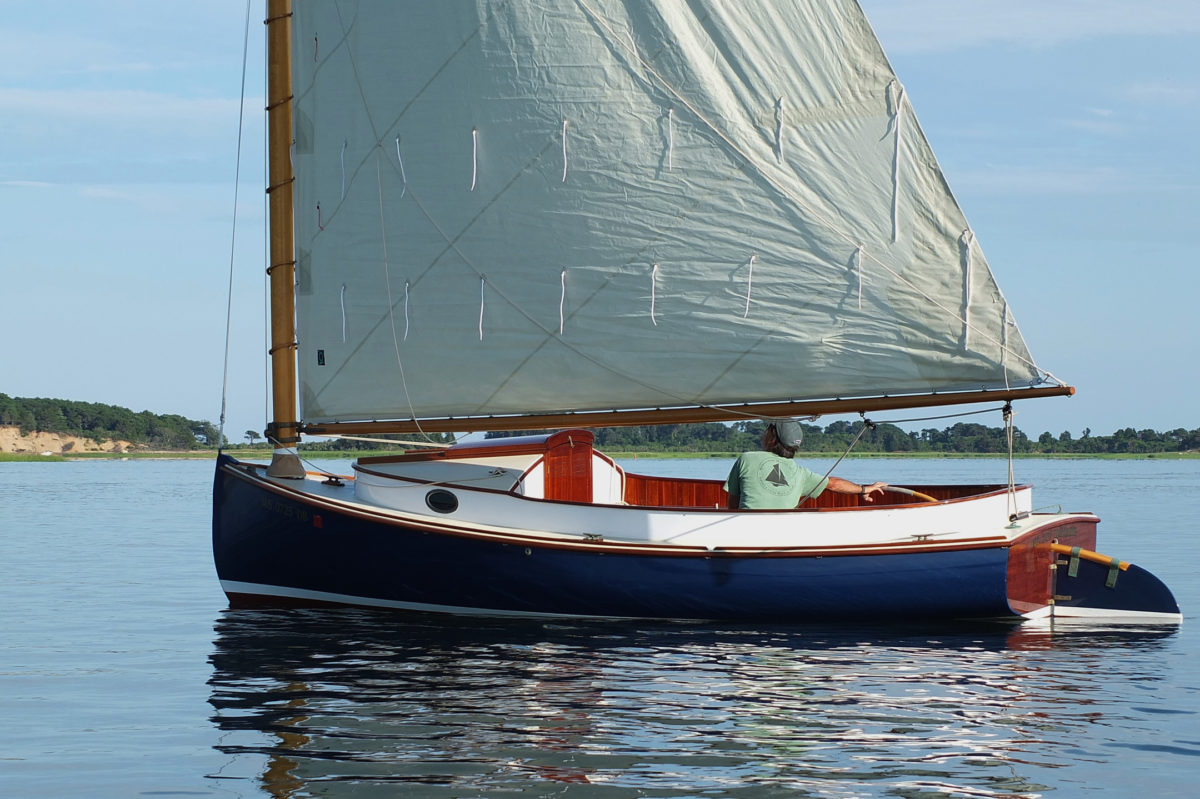
Small Boats Annual 2016October 2015
Born by a beautiful bay
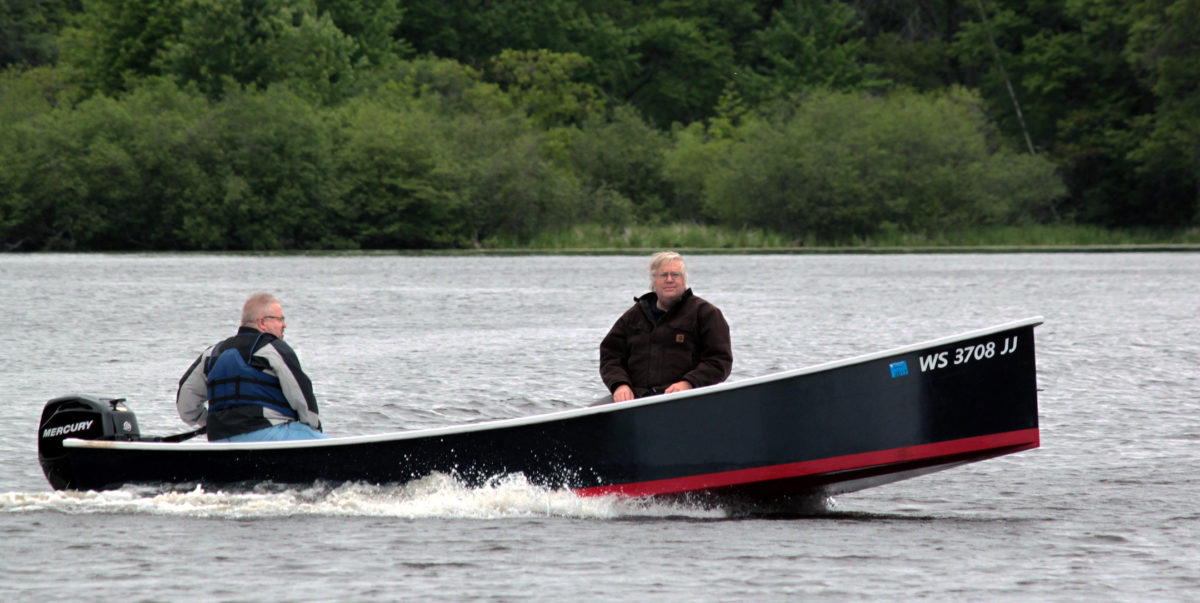
Small Boats Annual 2016September 2015
A Bolger-designed workboat
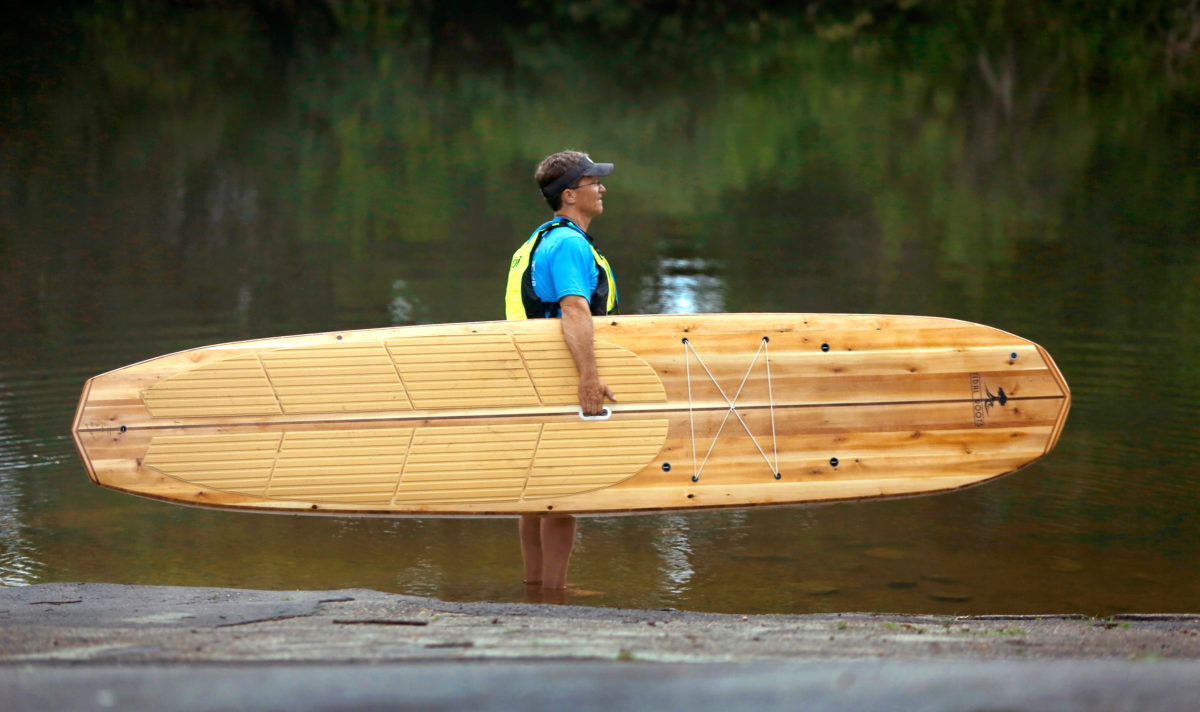
Small Boats Annual 2016September 2015
A Maine-built cedar SUP board
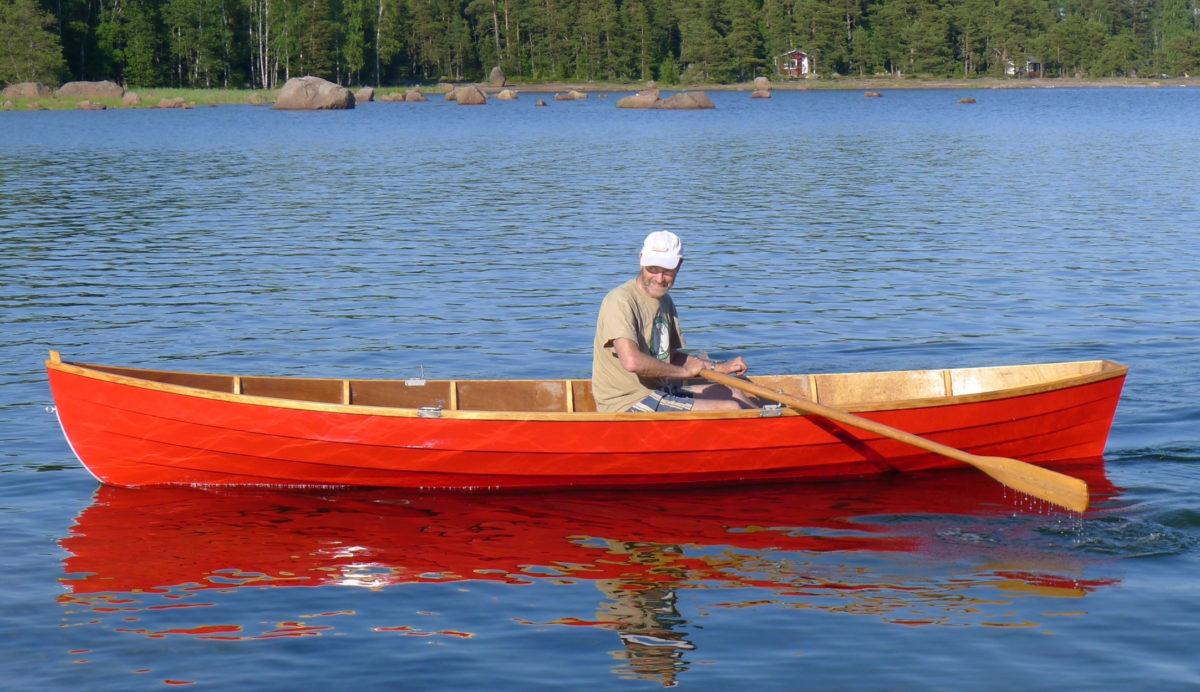
Small Boats Annual 2016August 2015
A craft for many purposes
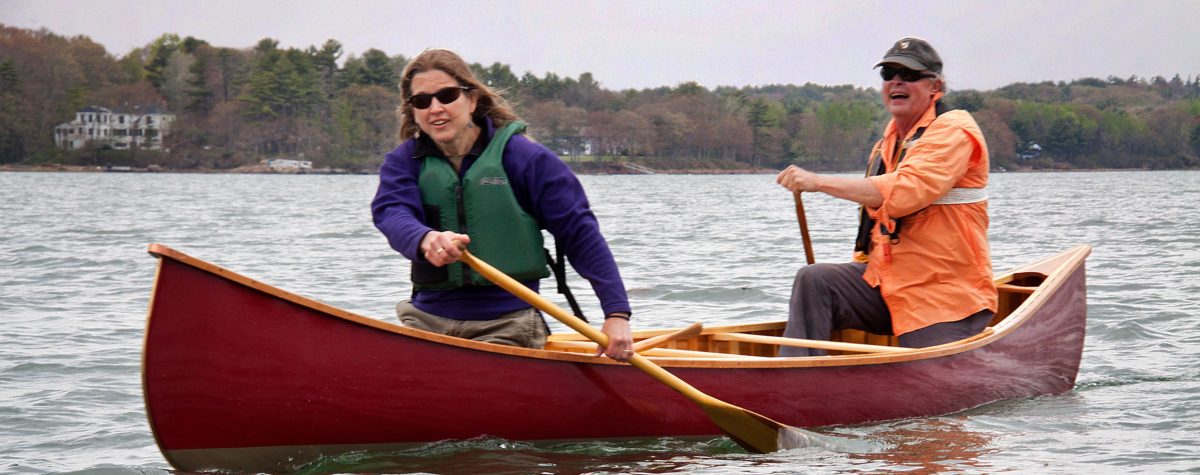
Small Boats Annual 2016August 2015
A classic design from the 19th century
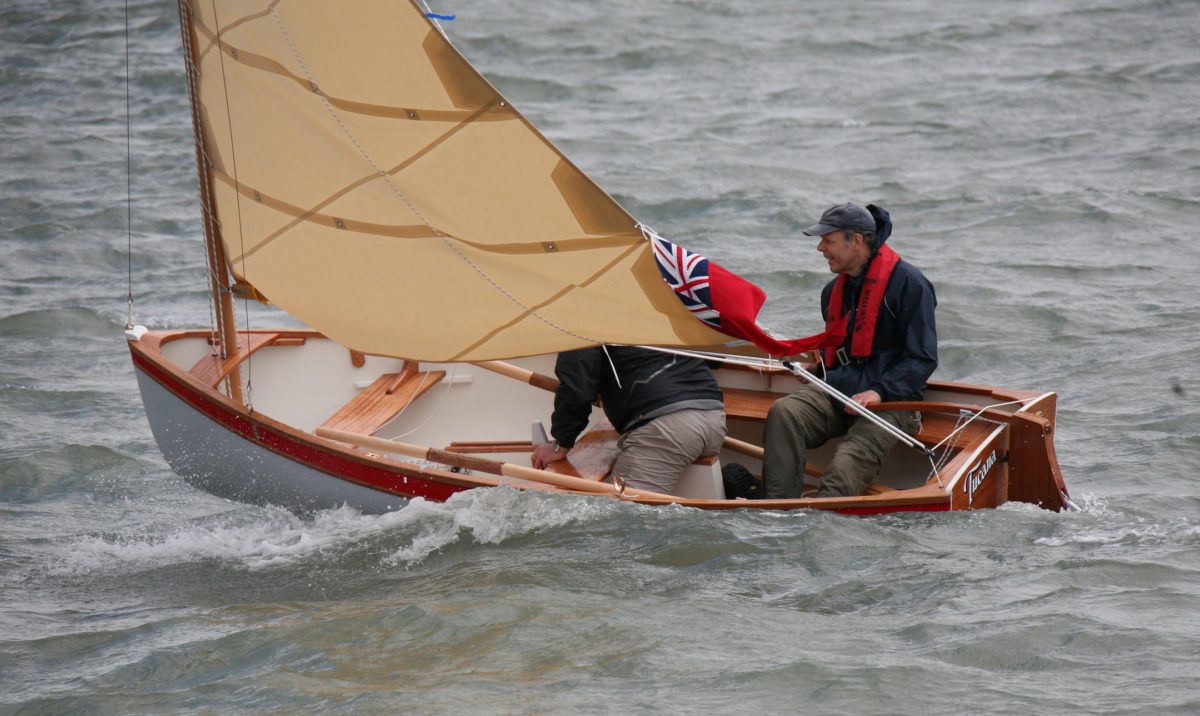
Small Boats Annual 2016July 2015
A voyage from fantasy to reality
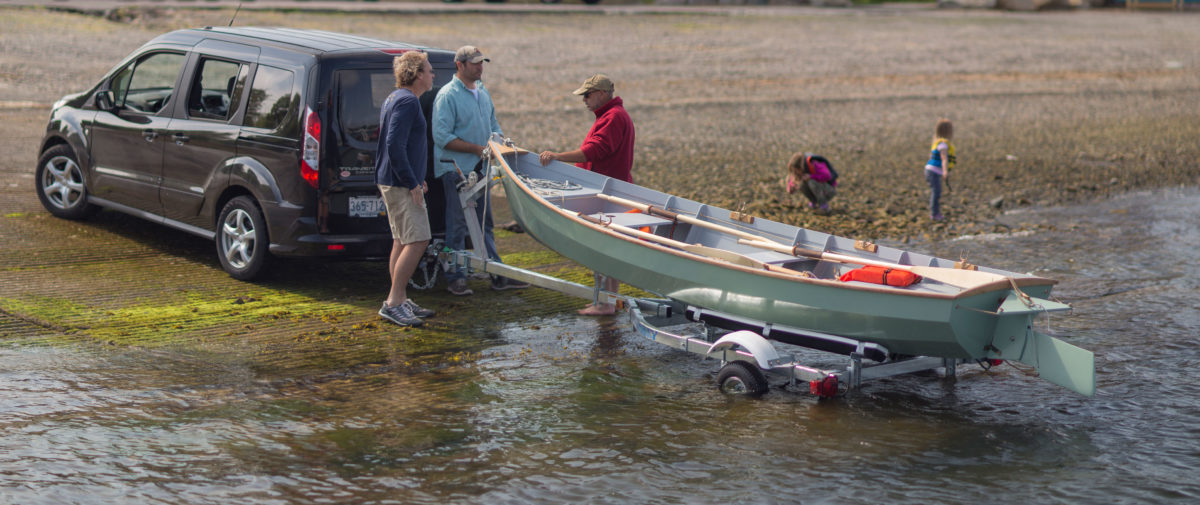
Small Boats Annual 2016July 2015
A new kit boat from Bristol, Rhode Island
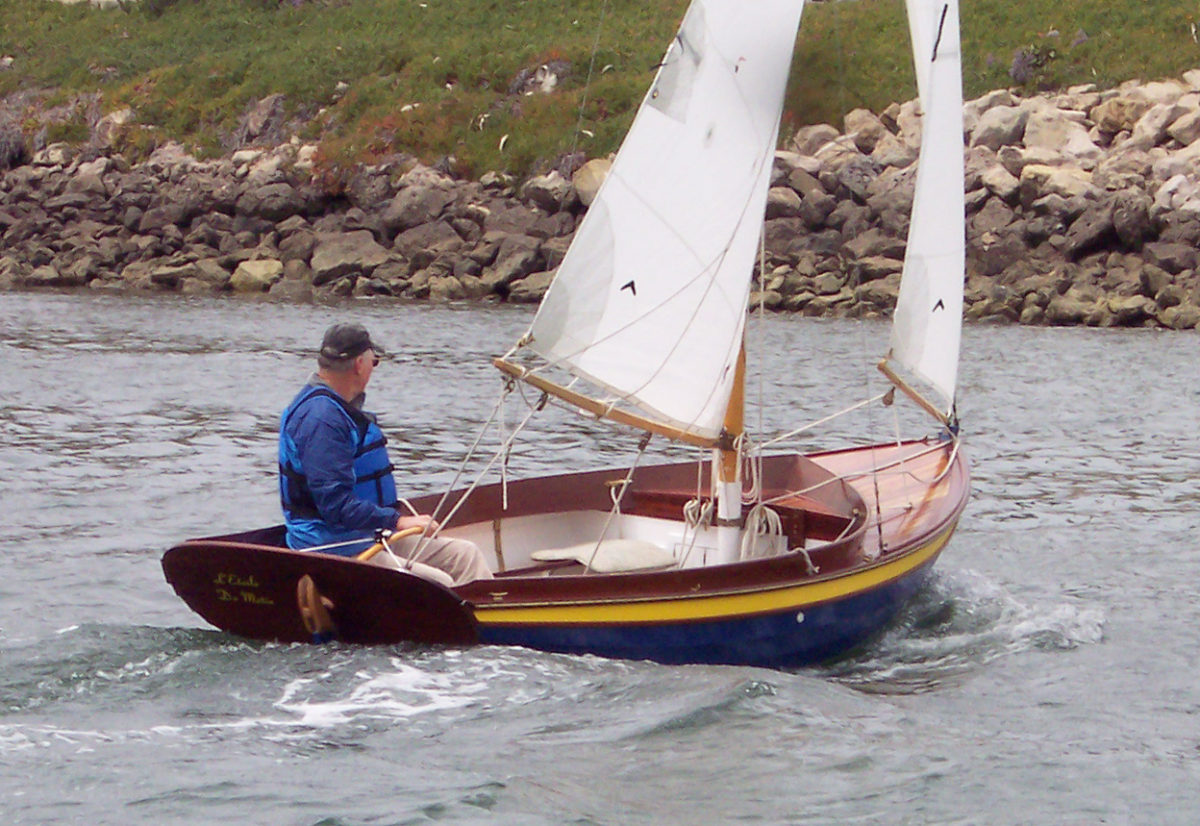
Small Boats Annual 2016June 2015
An amateur-friendly update of a Herreshoff classic
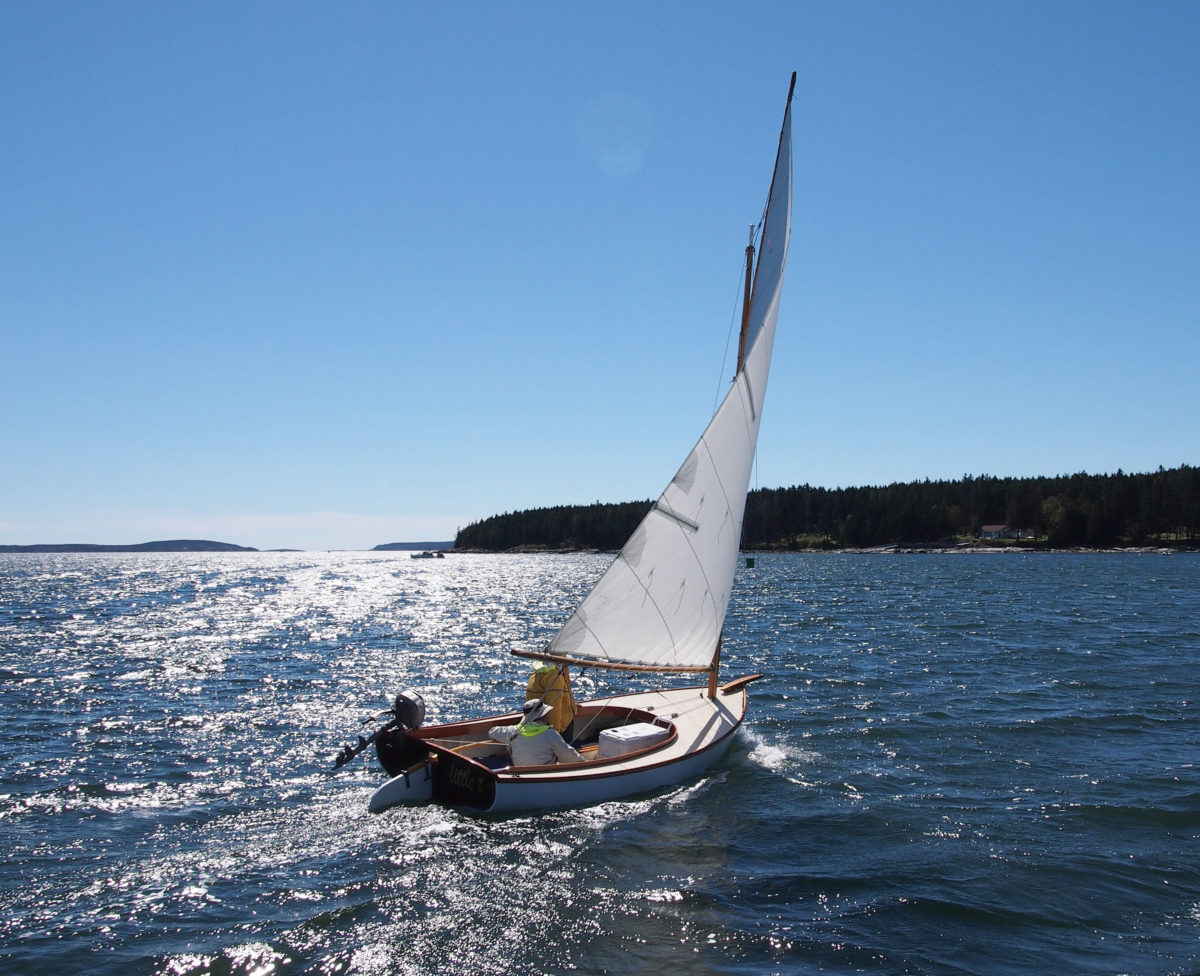
Small Boats Annual 2016June 2015
Everything from gunkholing to open-water sailing
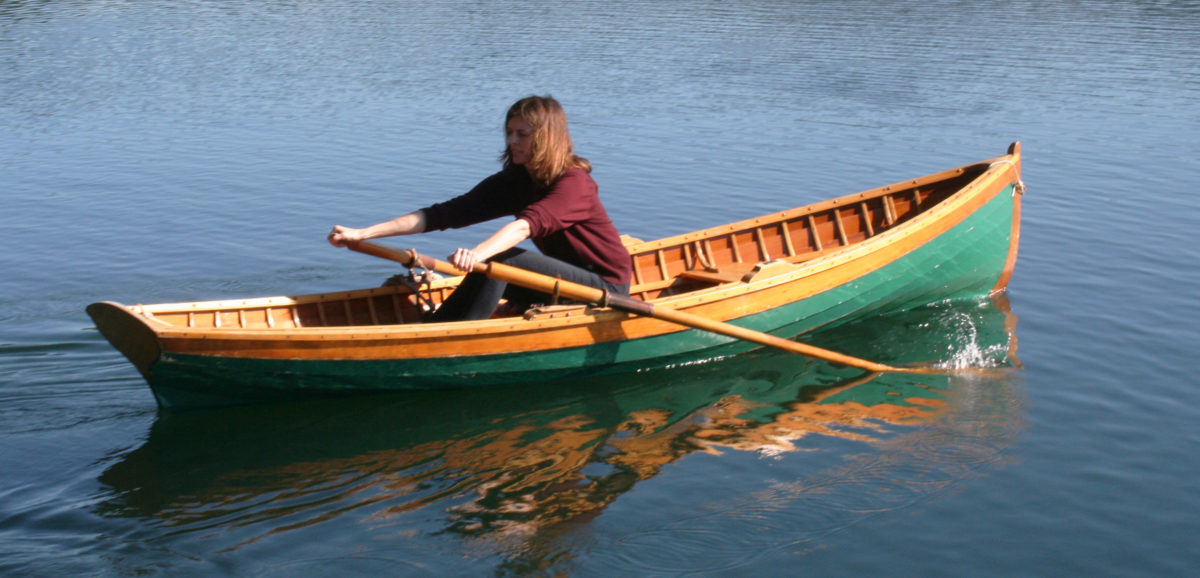
Small Boats Annual 2016May 2015
A Whitehall for quick construction
5
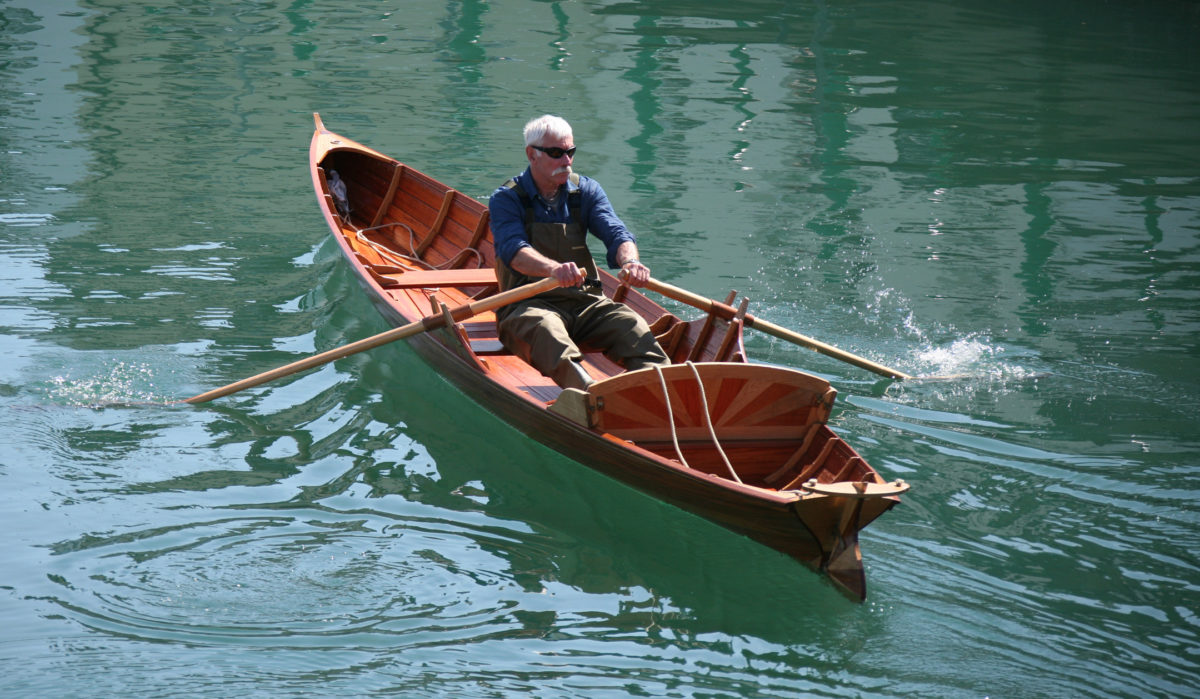
Small Boats Annual 2016May 2015
A Thames River Skiff
10
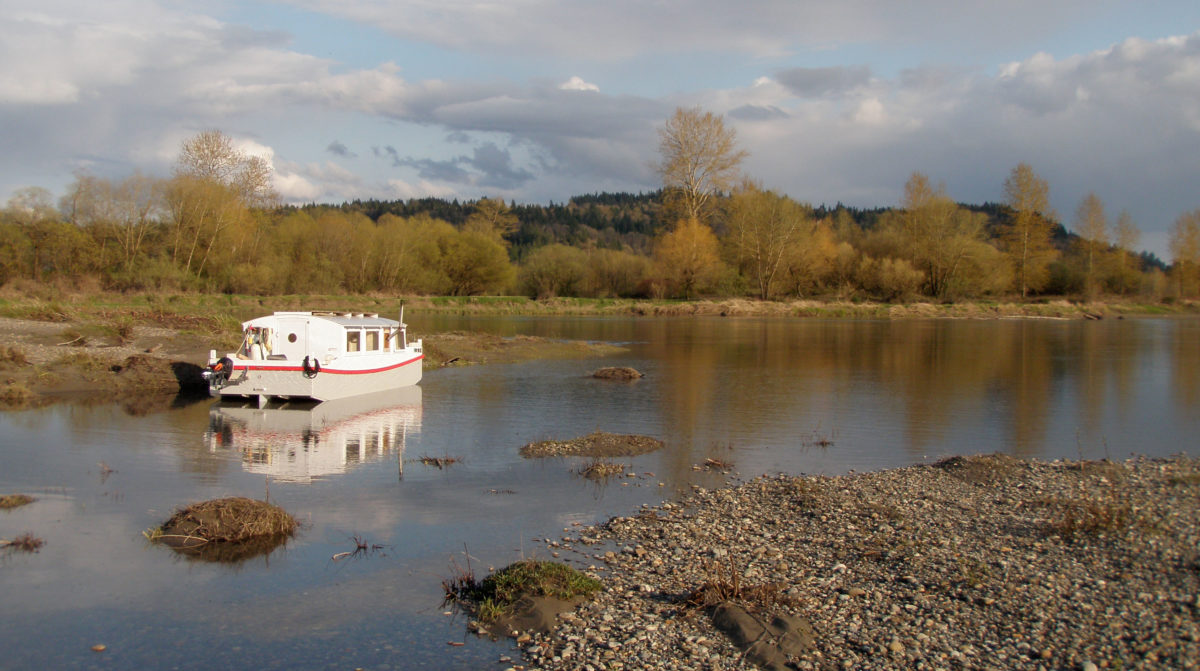
Small Boats Annual 2016April 2015